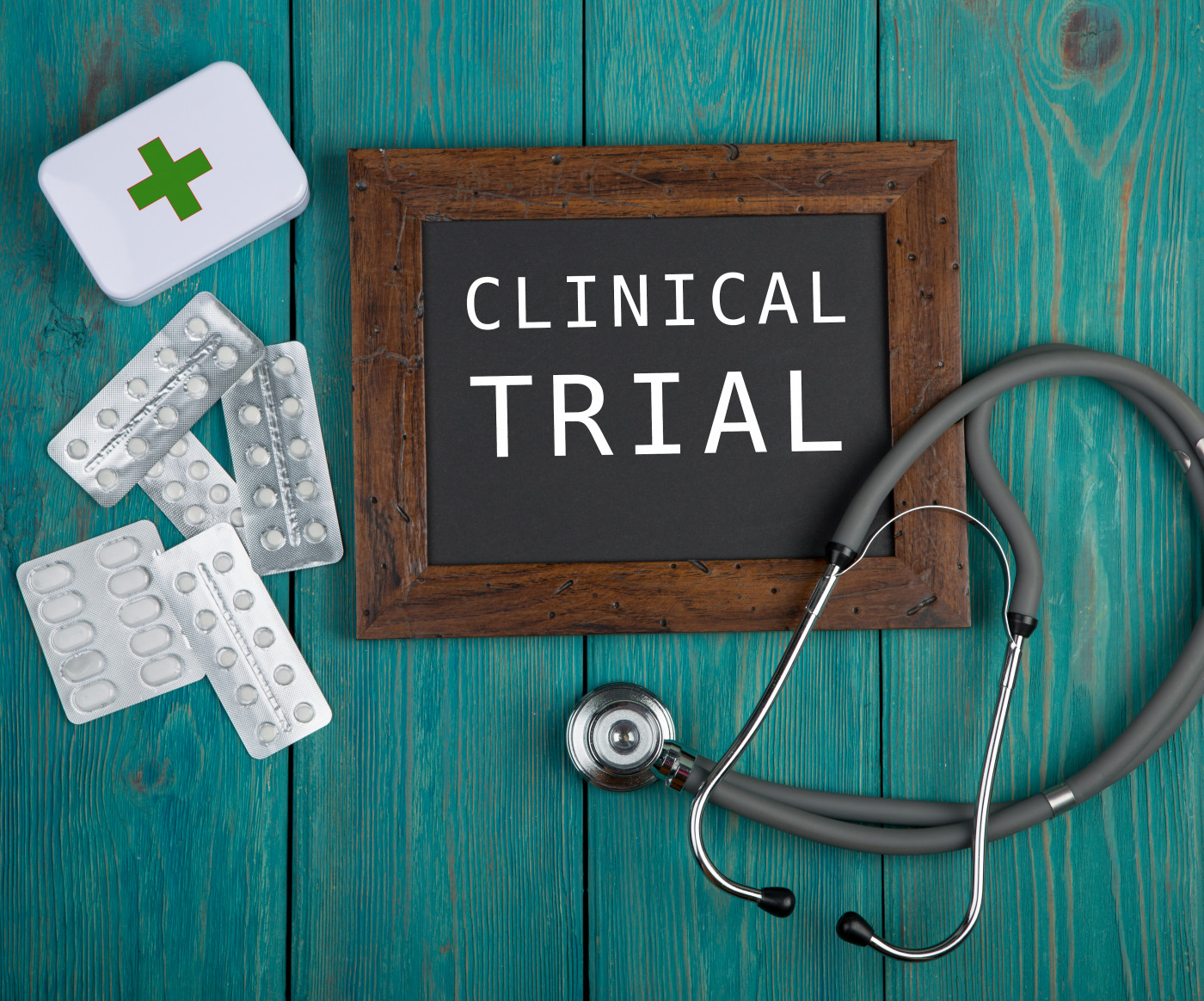Rituximab-Glucocorticoid Combo Effective for Relapsed AAV Patients in Phase 3 Trial

A combination of rituximab, plus glucocorticoids, is highly effective at re-inducing remission in patients with relapsed ANCA-associated vasculitis (AAV), according to a Phase 3 clinical trial.
Trial findings were described in the study, “Rituximab as therapy to induce remission after relapse in ANCA-associated vasculitis,” published in the journal Annals of the Rheumatic Diseases.
Anti-neutrophil cytoplasmic autoantibody (ANCA)-associated vasculitis, or AAV, is an autoimmune disease caused by the production of autoantibodies — antibodies that wrongly target and attack healthy cells — by a subtype of immune cells called B-cells.
Rituximab is a monoclonal antibody that binds CD20, a protein found on the surface of B-cells, destroying them. By lowering the number of B-cells, rituximab also lowers the levels of harmful autoantibodies they produce, alleviating the symptoms of AAV.
Rituximab (sold under the brand name Rituxan, among others) is approved in the U.S. both as an induction and maintenance therapy for two types of AAV — granulomatosis with polyangiitis (GPA) and microscopic polyangiitis (MPA). It is approved in Europe for the same indications and marketed under the brand name MabThera.
An international group of researchers are now reporting the findings of the first portion of a Phase 3 trial (NCT01697267) evaluating the safety and efficacy of a combination therapy of rituximab and glucocorticoids to induce remission in AAV patients who had previously relapsed.
The trial, called RITAZAREM, is composed of an initial induction phase, lasting four months, in which all patients received four weekly doses of rituximab (375 mg/m2) in combination with a low or high dose of glucocorticoids, starting at either 1 or 0.5 mg/kg daily.
This was followed by a 20-month maintenance phase, in which patients who achieved remission in the first part of the study were randomly assigned to receive maintenance therapy with either rituximab (1,000 mg every four months) or azathioprine (2 mg/kg daily). The trial also included a follow-up phase, in which participants who completed their maintenance treatment regimen with rituximab or azathioprine were monitored for one to two years.
RITAZAREM enrolled 188 patients (95 men and 93 women), ages 19–89, who had been living with AAV for a median of five years.
More than half (79%) of patients had previously been treated with cyclophosphamide, and approximately a third (36%) with rituximab before enrolling in the study. From the 188 patients enrolled in the study, 54 (29%) received a high dose of glucocorticoids during the induction phase.
By the end of the four-month induction phase, 90% achieved remission, and were eligible to proceed to the trial’s maintenance phase. A high proportion of these patients (71%) were receiving low-dose glucocorticoids.
Of the 17 patients who did not achieve disease remission by the end of the induction phase, only six (3.2%) failed to have their disease under control by that time. The remaining either died, withdrew from the study, failed screening, or required additional therapy not allowed by trial protocol.
During this portion of the study, a total of 41 severe adverse events involving 27 participants were reported. Four patients died during the first phase of the trial, two from pneumonia, one from a stroke, and another as a consequence of active vasculitis.
“These data from the first phase of RITAZAREM demonstrate that rituximab, in conjunction with even relatively low doses of glucocorticoids, is highly effective at reinducing remission in patients with AAV who have relapsed, with a safety profile similar to or better than previous studies,” the researchers concluded.
Last year, researchers presented additional data from the randomized part of RITAZAREM. Findings showed that maintenance therapy with rituximab is superior to azathioprine for preventing disease relapses in patients, lowering their risk of relapse by 70%.






